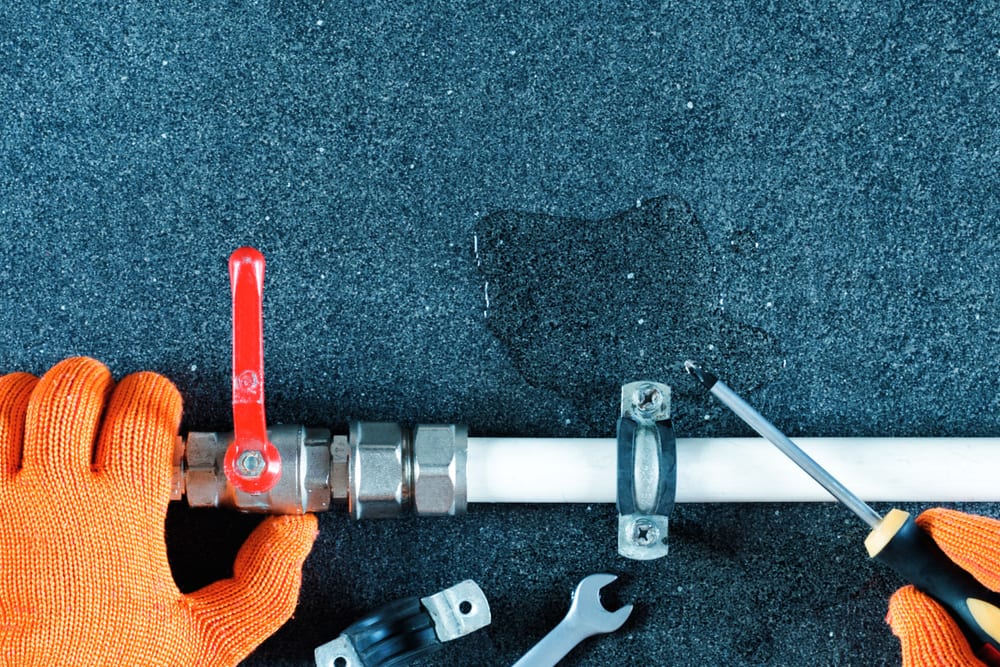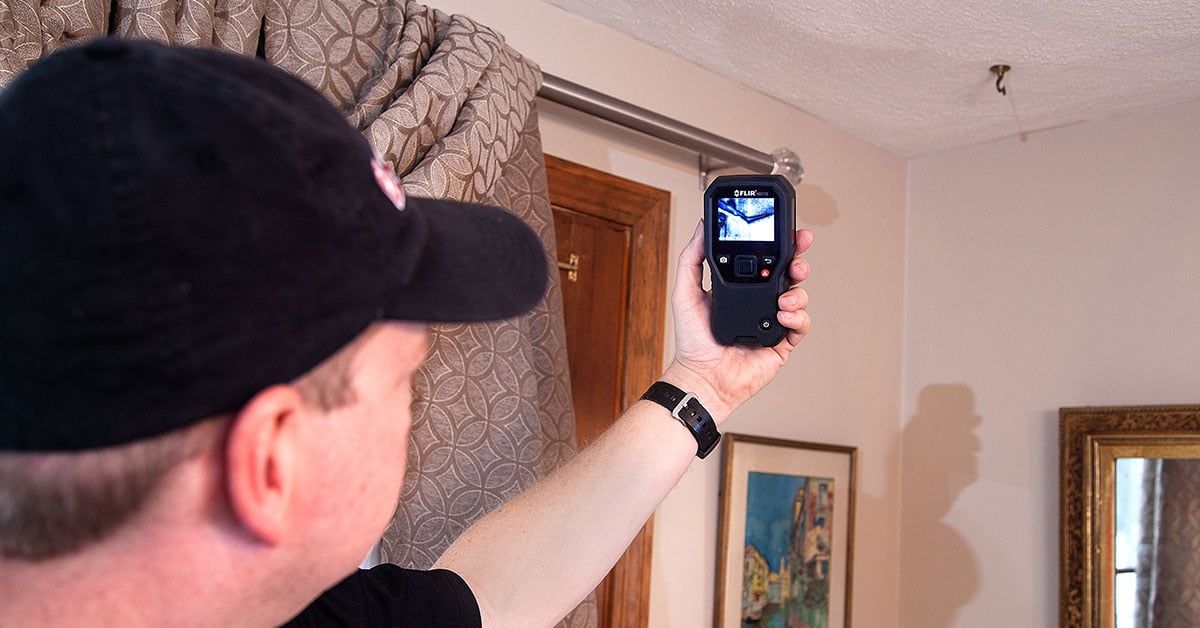Guide To Water Leak Detection In Your Home
Guide To Water Leak Detection In Your Home
Blog Article
We have found this post on Top leak detection hacks down the page on the internet and decided it made sense to relate it with you on this page.

Early discovery of dripping water lines can minimize a prospective disaster. Aside from saving you cash, it will minimize the stress and stress. The minute you discover a leak, calling your plumber for fixings is the most effective remedy. Some tiny water leaks might not be visible. Below are some hacks that assist if you can not detect it with your naked eyes.
1. Take A Look At the Water Meter
Checking it is a guaranteed means that helps you find leakages. If it moves, that shows a fast-moving leak. This means you may have a slow-moving leakage that might even be underground.
2. Examine Water Intake
If you find abrupt adjustments, regardless of your usage being the very same, it implies that you have leakages in your plumbing system. An abrupt spike in your expense indicates a fast-moving leakage.
A consistent increase every month, even with the exact same routines, shows you have a slow-moving leak that's also gradually intensifying. Call a plumber to thoroughly check your building, specifically if you really feel a warm area on your flooring with piping beneath.
3. Do a Food Coloring Test
When it comes to water usage, 30% comes from toilets. If the shade in some way infiltrates your dish throughout that time without flushing, there's a leak between the container and also bowl.
4. Asses Outside Lines
Don't neglect to check your outside water lines as well. Test faucets by affixing a yard hose. Ought to water leak out of the link, you have a loosened rubber gasket. Change this and also make sure all connections are tight. It will help obtain it professionally checked out as well as kept annually if you've obtained a sprinkler system. One little leakage can throw away lots of water and also surge your water costs.
5. Check and also Assess the Scenario
House owners should make it a behavior to inspect under the sink counters and even inside cupboards for any bad odor or mold growth. These 2 red flags indicate a leakage so timely interest is required. Doing routine examinations, even bi-annually, can conserve you from a major problem.
Check for stainings and damaging as many devices and also pipes have a life expectations. If you believe dripping water lines in your plumbing system, don't wait for it to escalate.
Early discovery of dripping water lines can reduce a potential calamity. Some tiny water leakages may not be visible. Examining it is a proven means that helps you uncover leaks. One little leak can squander heaps of water and surge your water expense.
If you think leaking water lines in your plumbing system, don't wait for it to intensify.
How to Know If Your Home Has a Hidden Leak
Water Meter Reveals Inexplicable Water Usage
If you’d like to test whether or not there’s a leak somewhere in your home, you can do this using your water meter. Here is how to conduct the test:
Don’t use any water in your home for at least 30 minutes; this also means not turning on faucets or water-using appliances.
Go outside, and check your water meter for activity.
If your water meter shows that there was activity, even though no one was using any water, this proves that there is a leak in your home.Visible Mold or Mildew Growth
Leaks behind walls create moist, dark environments that allow mold and mildew to grow and thrive. Eventually, you might see mold growth forming on the wall closest to a hidden leak.
If mold is growing in an area that receives a high amount of moisture, such as a bathroom, it may simply be an indication that better ventilation is needed. However, if you see mold growth on a wall or the ceiling in an area where you would not expect, you probably have a hidden leak.
Musty, Mildew Odor
Sometimes you might not be able to see the mold or mildew that is growing as a result of a leak. However, the smell can give the problem away just as easily. If you catch a whiff of something musty, there’s a good chance that old water is collecting somewhere in your home that you can’t see.
Stained/Warped Walls, Ceilings, or Floors
When your home soaks up water, a variety of red flags can become visible, including ceiling stains, bubbling drywall, warped walls, and sagging floors. While these issues can be caused by excess humidity, they can also be signs that a pipe or plumbing connection has started leaking behind your walls.
Inexplicably High Water Bill
After a while, you get a general sense for what your water bill should be. If you own a pool or sprinkler system, your bill will tend to be higher during summer. However, if you receive a water bill that seems especially high, and you can’t figure out what caused it, then you may have a hidden leak somewhere that’s increasing your bill.
https://www.plumbingjoint.com/blog/2019/july/how-to-know-if-your-home-has-a-hidden-leak/

I ran across that page about Locating water leaks when doing a search on the internet. If you enjoyed reading our post kindly remember to share it. Thanks for taking the time to read it.
Report this page